Legacy to the Derwent Valley
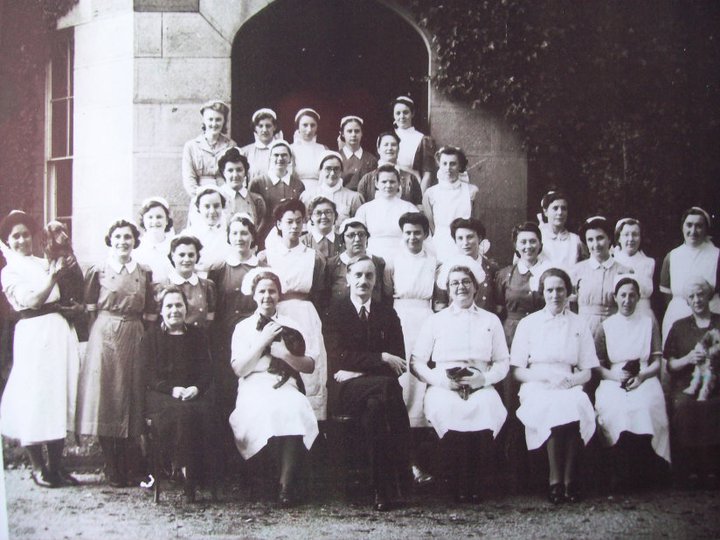
The Willersley Castle Maternity Unit’s Legacy to the Derwent Valley
The Mothers’ Hospital led maternity unit in Willersley Castle was so popular with local mothers that when the maternity unit in Willersley Castle was finally closed in 1946, women opposed plans to set up new maternity units in Derby City Hospital with 150 to 200 beds and Chesterfield General Hospital with 60 beds. The women of Derbyshire protested to Derbyshire County Council, on the grounds that:
‘The large maternity homes proposed at Derby and Chesterfield might appear economic on paper, but actually they would be uneconomic because they did not meet the desires of the large majority of women and many of the beds would be empty. Child-bearing was a personal, domestic homely matter, and unless they provided homes in the real sense of the word, women would not go to them. There had been no attempt to ascertain what the ordinary woman required.’ Daily Telegraph 15th February 1946
Based on this argument, the Council agreed to set up similar maternity homes throughout the county, including Waltham House in Wirksworth and Darley Hall (later The Whitworth). Unfortunately, the small maternity units have all been recently closed and unless mothers are able to have a home birth they have no choice to make car journeys to Derby Royal Hospital and Calow Hospital in Chesterfield.
Rest and Recuperation
This was the second time Willersley Castle had been used as a hospital. During WW1 it became a hospital for recovering soldiers from the trenches of France. The castle, commissioned in 1786 by industrialist and inventor of the Spinning Jenny, Richard Arkwright with its landscaped grounds, winding woodland paths, rocks and large ferns, designed by John Gage, provided the perfect place for contemplation and relaxation.
In 1927, after taxes made it impossible for Willersley Castle to be run as a family home, it was put up for sale by the Arkwright family and bought by the Methodist Christian Guild. Its dramatic surroundings and closeness to the Peak District, offered an ideal holiday retreat for its young members who wanted a sporting healthy break and epitomised the healthy lifestyle promoted at that time and was popular with present day visitors up until April 2020 when it went into closure .
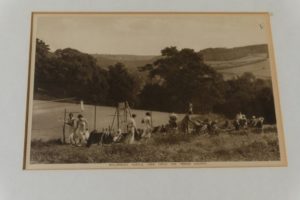
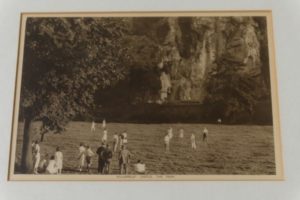
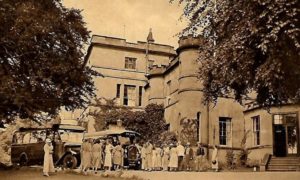
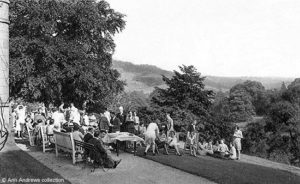
The above postcards of Willersley Castle were taken by Francis Frith at an outdoor retreat in the 1920’s and 1930’s. With thanks to the Ann Anderson Collection.
While Willersley Castle was predominantly a maternity unit in the Second World War, it was stayed in by young evacuees at the beginning of the war and as a place of rest for the Salvation Army Officers, who lived and worked in a constant state of danger and stress. One of them was Dorothy Holland, a Captain and nurse.
The Salvation Army recognised that the daily trauma of attending the aftermath of bomb sites was taking its toll on their mental health and organised for officers to have weeks of rest at Willersley. Her letter sixty years later describes the happiness of her stay in Willersley.
‘At the time I was a Captain in the Salvation Army, stationed in the area that was badly affected by the bombing. As officers, we were on duty day and night. Many of us were stationed alone and found the call outs to the many disasters nerve racking. However, our superiors recognising our need to rest, would order us to go to Willersley Castle for a week.’
‘The other captains and myself also found it a very different world. The quietness of the area (day and night), the beautiful countryside and the care we had at Willersley are blessings that have never been forgotten. It is a week that will remain with me for ever.’

